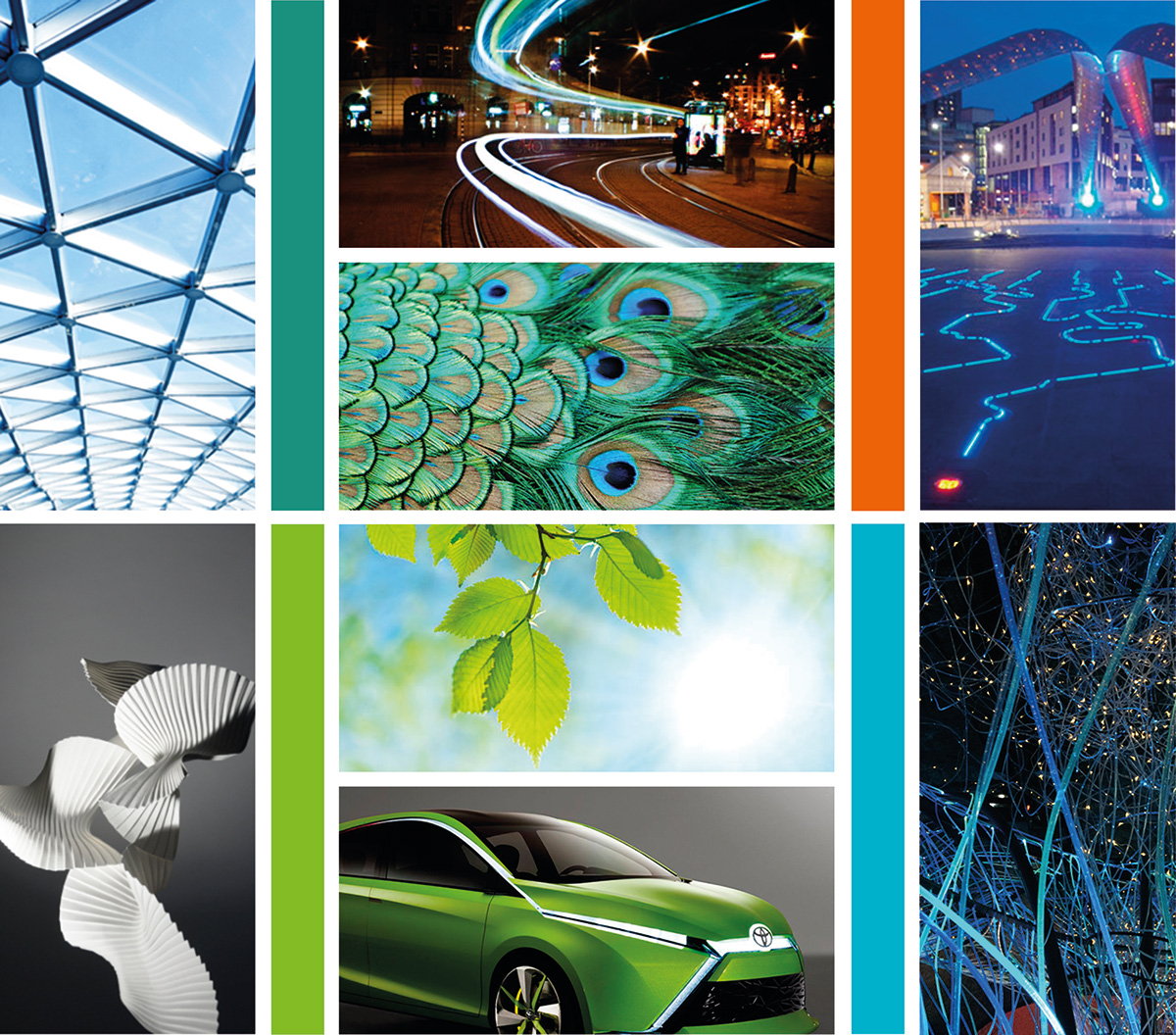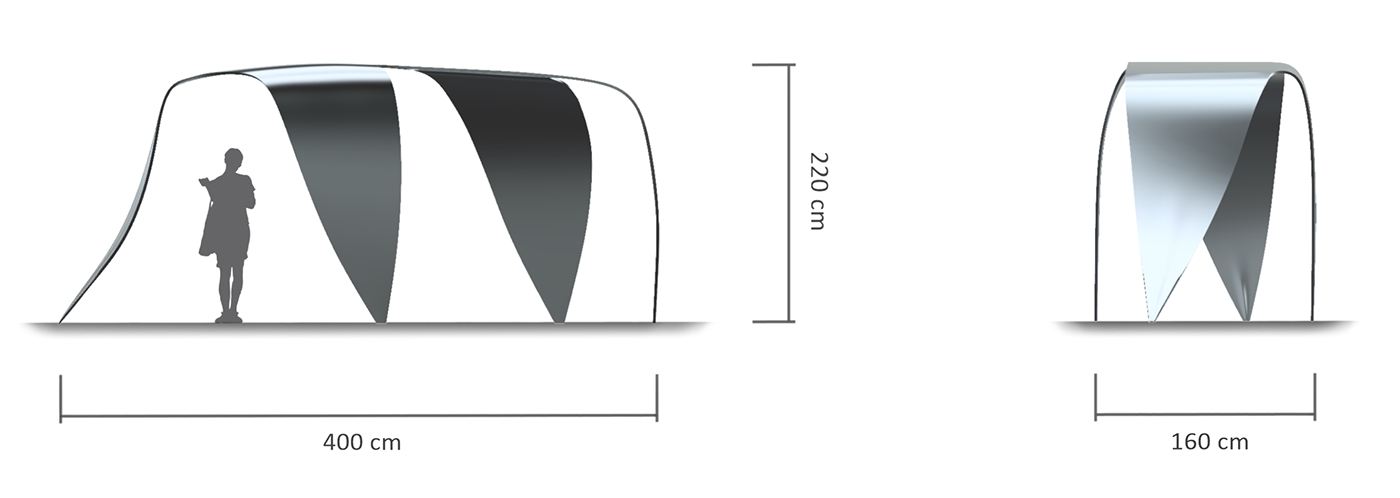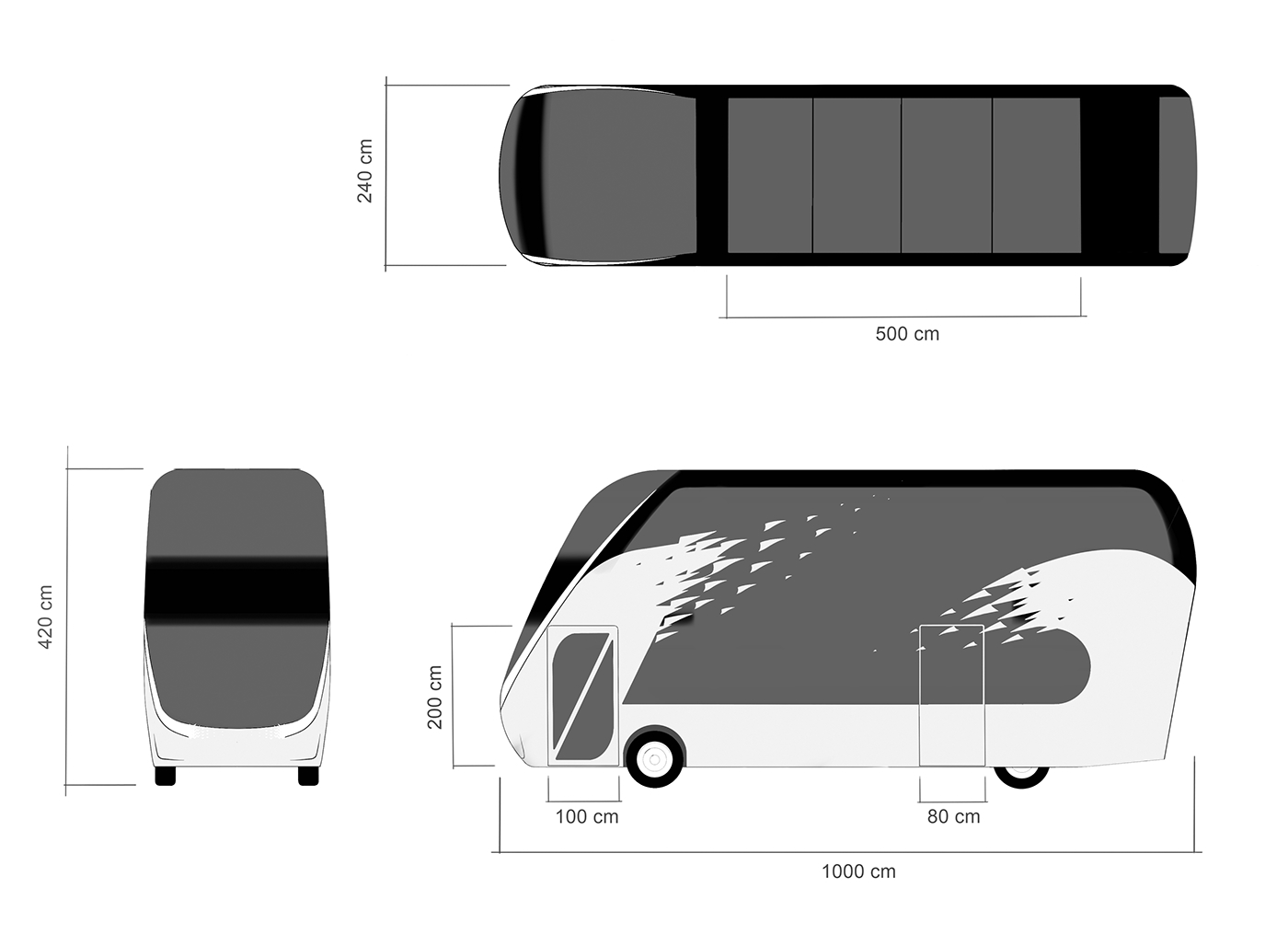Design Influence on Mobility Choices
A case study on Coventry’s buses and how to improve its image and ridership
How can we make mobility in urban environments better for its citizens? The current scenario in many cities doesn’t prioritize the well being of the majority, with car usage soaring and, consequently, other more sustainable and collective-efficient modes declining, resulting in an extremely unbalanced transit that causes high traffic levels, pollution and lowers everyone’s quality of life. Shifting car users to public transport is one of many solutions for this issue, but this change won’t be easily achieved. Regardless, the need for change is clear, since only by rethinking our transportation choices and taking responsibility for it that it will possible to improve sustainable mobility and quality of life in urban spaces.
This project’s main aim is to improve the public transport image, inspire people to use it and consequently reverse the current decline in patronage (TfWM 2016), while focusing into the bus system and the city of Coventry. From the research findings, a possible design solution will be developed accordingly, which will expectedly expose the problems it is trying to solve and have an impact on the bus stigma breakdown.
More than just designing an aesthetically attractive piece of design, this study aspires to change people’s perception and biased beliefs on public transport, call for a sense of responsibility towards their transportation choices, have an impact on them and effectively turn “captive” riders into “choice” riders (Mees 2000:29,30), while also attracting new ones. With this turning point, it is hoped to improve the city’s urban mobility and make it sustainable, accessible and enjoyable in the collective sense.
Mood Board

A considerate part of the design inspiration came from Coventry’s main symbols (Phoenix and Elephant), futurism, sustainability and fun theory, as briefly illustrated by the mood board.
Sketches
Main features:
- Better integration between bus vehicle and bus stop
- Effectively and sufficiently displayed information
- Aesthetics with potential to appeal to non-riders
- Representation of Coventry’s identity
- Enjoyable passenger experience
- Advanced technologies
- Mobile connected
- Sustainability
- Accessibility
- Comfort
- Safety
- Effectively and sufficiently displayed information
- Aesthetics with potential to appeal to non-riders
- Representation of Coventry’s identity
- Enjoyable passenger experience
- Advanced technologies
- Mobile connected
- Sustainability
- Accessibility
- Comfort
- Safety






Bus Vehicle Specs:
- Coventry identity
- Double-decker
- Low floor
- Route identification by colour-coding
- Driverless technology
- Hydrogen Fuel Cell
- GPS tracking
- Automated fare collection
- LED headlights
- Double-decker
- Low floor
- Route identification by colour-coding
- Driverless technology
- Hydrogen Fuel Cell
- GPS tracking
- Automated fare collection
- LED headlights
- Convertible roof
- Inner balcony
- Bright and broad interior
- Personal space as an important factor
- Inner balcony
- Bright and broad interior
- Personal space as an important factor






Bus Stop Specs:
- Translucent body made of polycarbonate and steel
- Leaning and regular seats
- Interactive maps, route planner and timetables
- Solar panels on the roof (energy self-sufficient)
- Trash bins
- Attachable transparent side panels for weather protection
- Built-in sensors to allow the bus better parking
- Post Sign indicating route numbers and colours
- Positioned next to the kerb
- Leaning and regular seats
- Interactive maps, route planner and timetables
- Solar panels on the roof (energy self-sufficient)
- Trash bins
- Attachable transparent side panels for weather protection
- Built-in sensors to allow the bus better parking
- Post Sign indicating route numbers and colours
- Positioned next to the kerb
Convertible Glass Roof


Upper Deck Interior

Rear View with Hydrogen cylinders on the back

Colour-coded buses according to routes




Final Outcome

Dimensions








